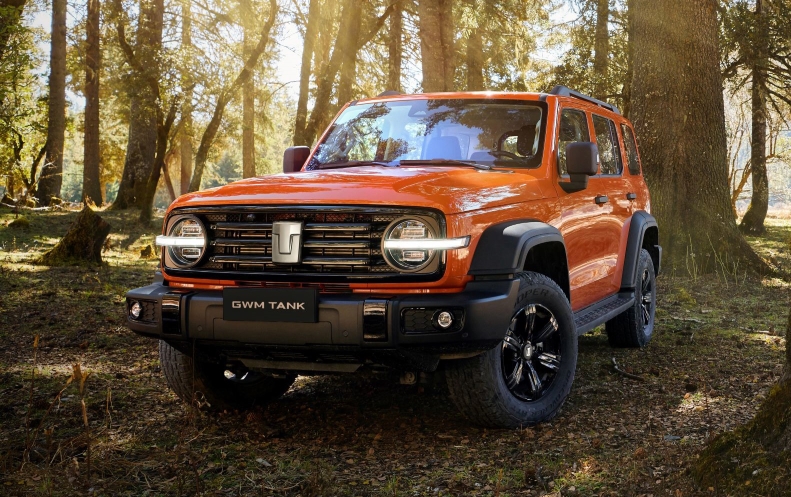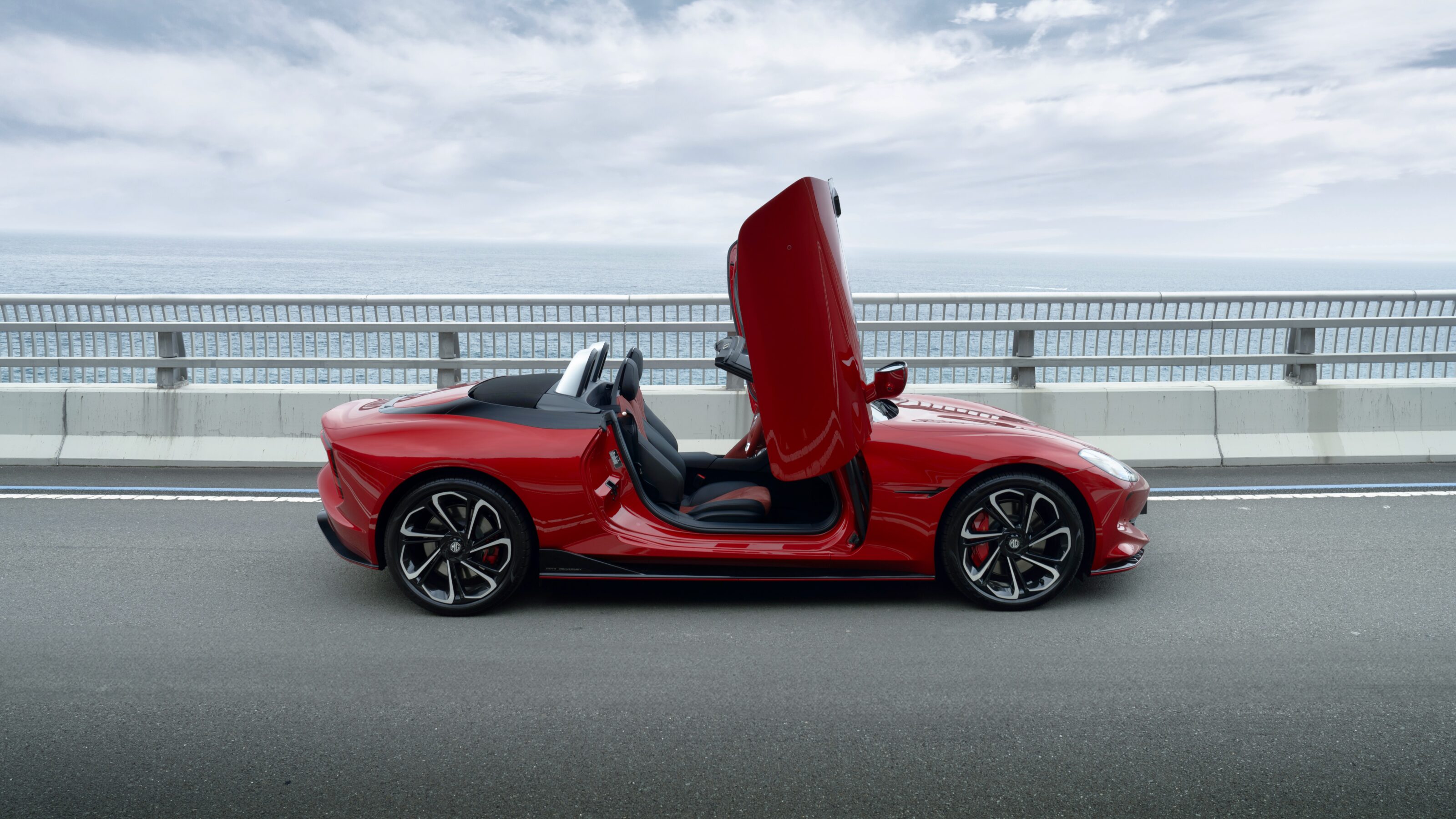Skoda believes it could have reached a record 15,000 sales in 2022 without the crippling effects of the global supply crisis.
The Volkswagen-owned Czech brand achieved its best result yet in Australia last year – though was on track to register five-figure sales before the semiconductor shortage curtailed progress in the second half of 2021.
Skoda’s Australian sales have nearly halved compared with this time last year as the issue continues.
The company’s head of sales, Kieran Merrigan, agreed 15,000 Skoda registrations could have been realistic in a normal year, without supply issues or a European war.
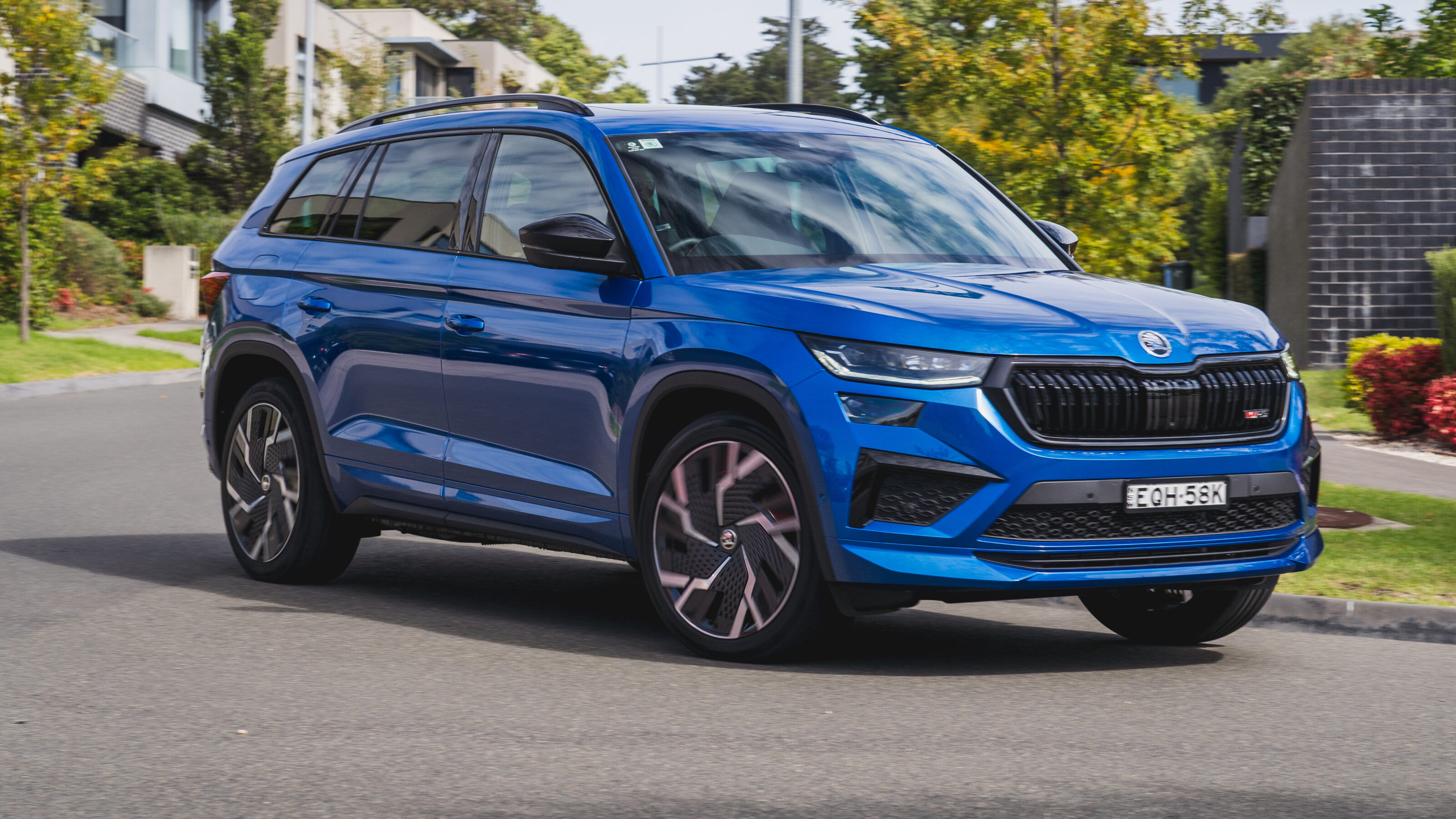
“Absolutely, yes. We would’ve looked at in excess of 15,000 [for 2022],” said Merrigan. “The demand is there for it.
“We were trending towards 12,000 plus [sales] last year before the semi-conductor shortage really impacted us. And our order bank is [still] great.”
Merrigan admits the company’s planning is currently looking at figures below last year’s lows in the second half of 2021.
With 2594 sales year to date, Skoda Australia is tracking for a 2022 result closer to the 6607 units of the COVID-19-hit 2020. That followed a 2019 in which the brand surpassed 7000 new-car registrations for the first time – just two years after passing 5000.
“The next question is, when does that [normal supply] return? It’s really uncertain at the moment. It almost seems like it’s where it was back in the start of COVID-19 [despite the fact] our factories are still in operation at the moment, if not at full capacity.”
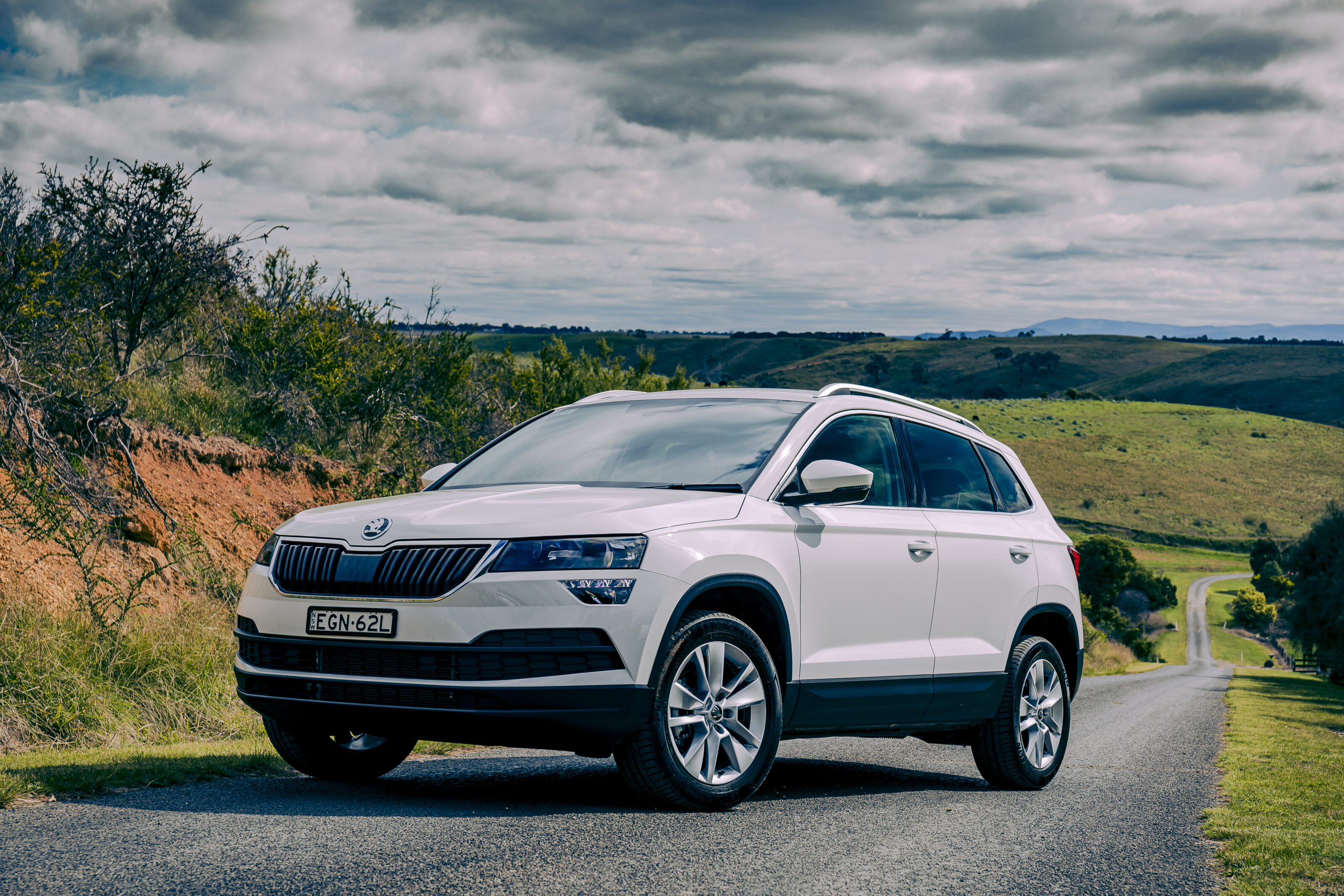
Merrigan says despite the supply struggles, the Skoda brand is in a good place in Australia.
It has been a gradual progress since it relaunched locally in 2007 under the VW umbrella. Sales remained modest for a decade before being transformed by the arrival of a trio of SUVs – with 2017’s large, seven-seater Kodiaq joined by the mid-sized Karoq in 2018 and the compact Kamiq in 2020.
Previously, Skoda had only the quirkily-designed, Golf-based Yeti as its sole SUV, which was the brand’s most popular vehicle locally in 2012 in a rare displacement of the Octavia medium car.
“The SUVs came in and almost gave us a new level of awareness and acceptance,” says Merrigan.
“We had passenger cars only, other than the Yeti. The Superb, Fabia, Octavia, and Rapid were all in declining segments, and we still managed with the customer base and a really strong dealer network.
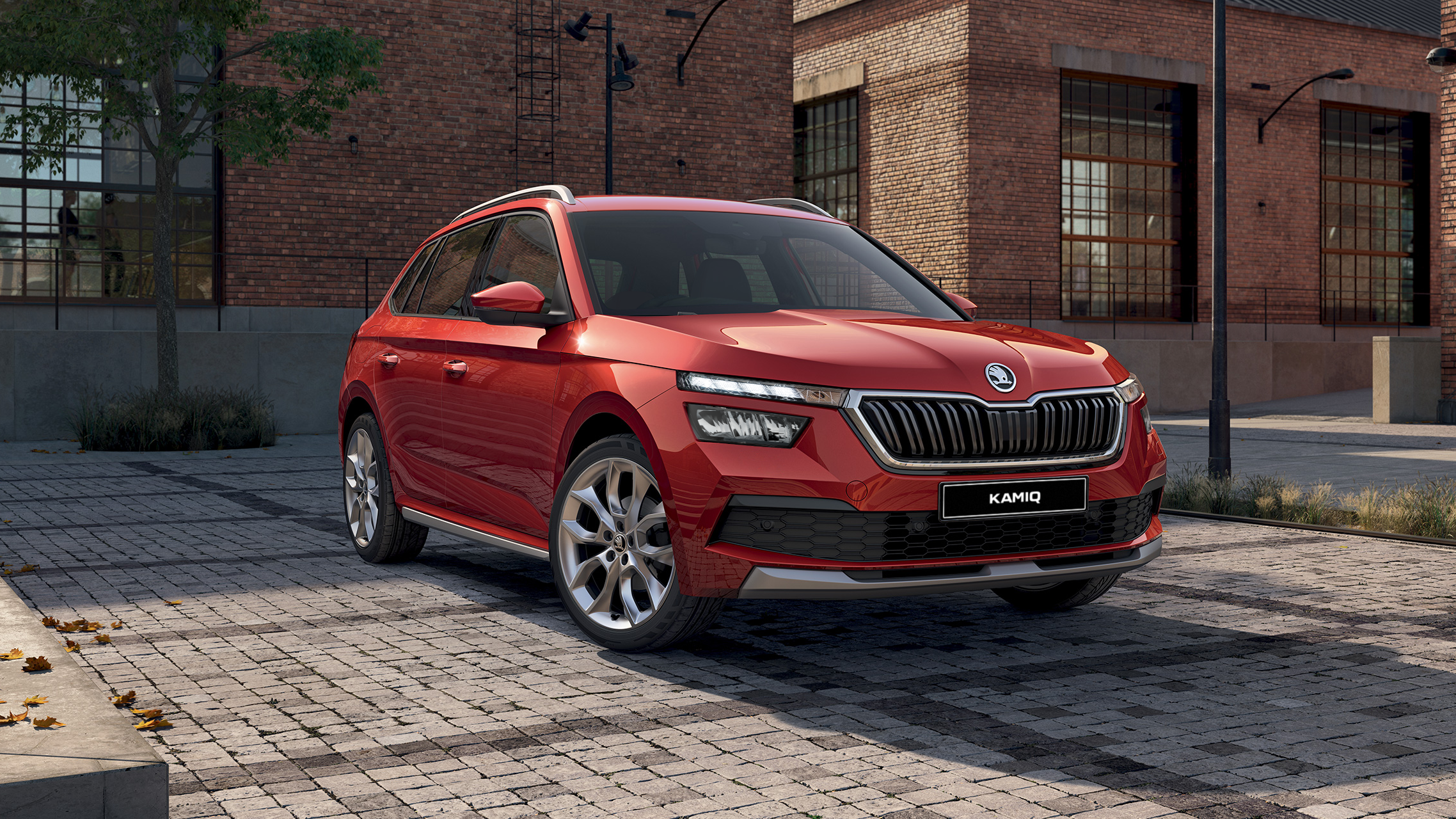
“And then the introduction of the Kodiaq…the audience in our dealerships changed overnight. Then we had the luxury of adding Karoq to the mix, and then Kamiq. And the reality is, with all those models, we’ve probably never had enough [supply]. We haven’t found a ceiling [for our SUV sales], so to speak.”
Skoda Australia says the SUVs were not only a game-changer for market volume, but also resale values.
“The reality is RVs [resale values] are based upon a couple of things…you’ve got to look at what [a car is] going to be worth in four years and ask where the market is going to be in four years.
“The used-car market follows the new-car market, so you can imagine there’s going to be fewer buyers for those [passenger] cars in four years’ time.
“And SUVs are, obviously, the opposite – the growth is there.”
Merrigan says the Kodiaq benefited from the developing trend towards seven-seater SUVs, which became an appealing alternative to people-movers and multi-seat vans.
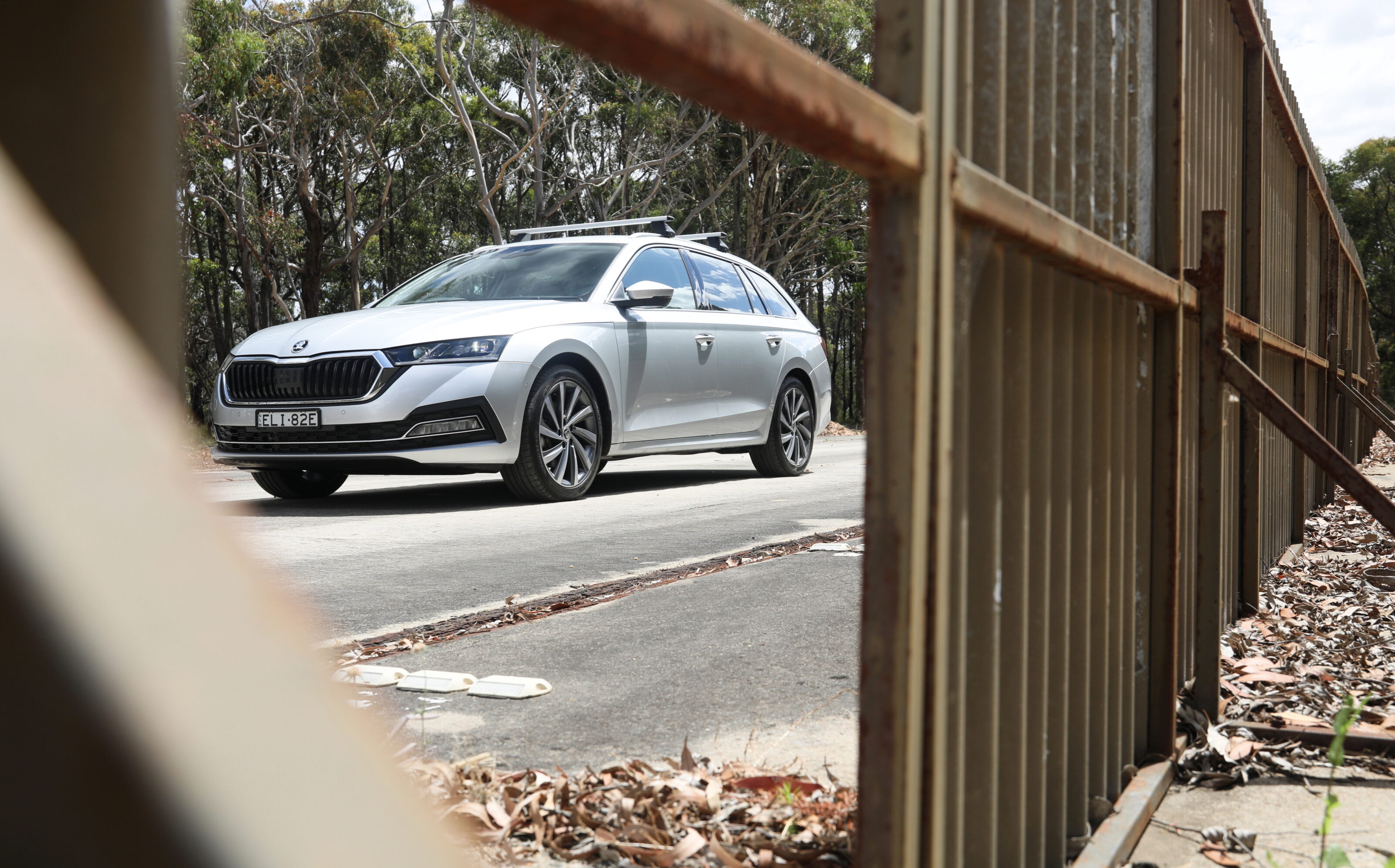
He also says Skoda is not focusing purely on volume, but the whole brand experience.
“We’re trying to build a brand on sustainability, and it’s why we’ve put so much emphasis now into the quality aspect of the business, trying to make sure we deliver a consistent product and after-sales experience.
“Hence the development and the investment into our service packs and service subscriptions. We’ve got now nearly two-thirds of customers buying service packs if they’re trying to buy a car. And the majority of them are seven-year service packs.
“It’s also brand acceptance [and] awareness, that plays a huge part. We’ve made a strategy around offering more car for your money, but then not giving things away, [such as] cash discounts. If we’ve got a campaign in the market where we want to shift more vehicles, it’s always been a value add.”
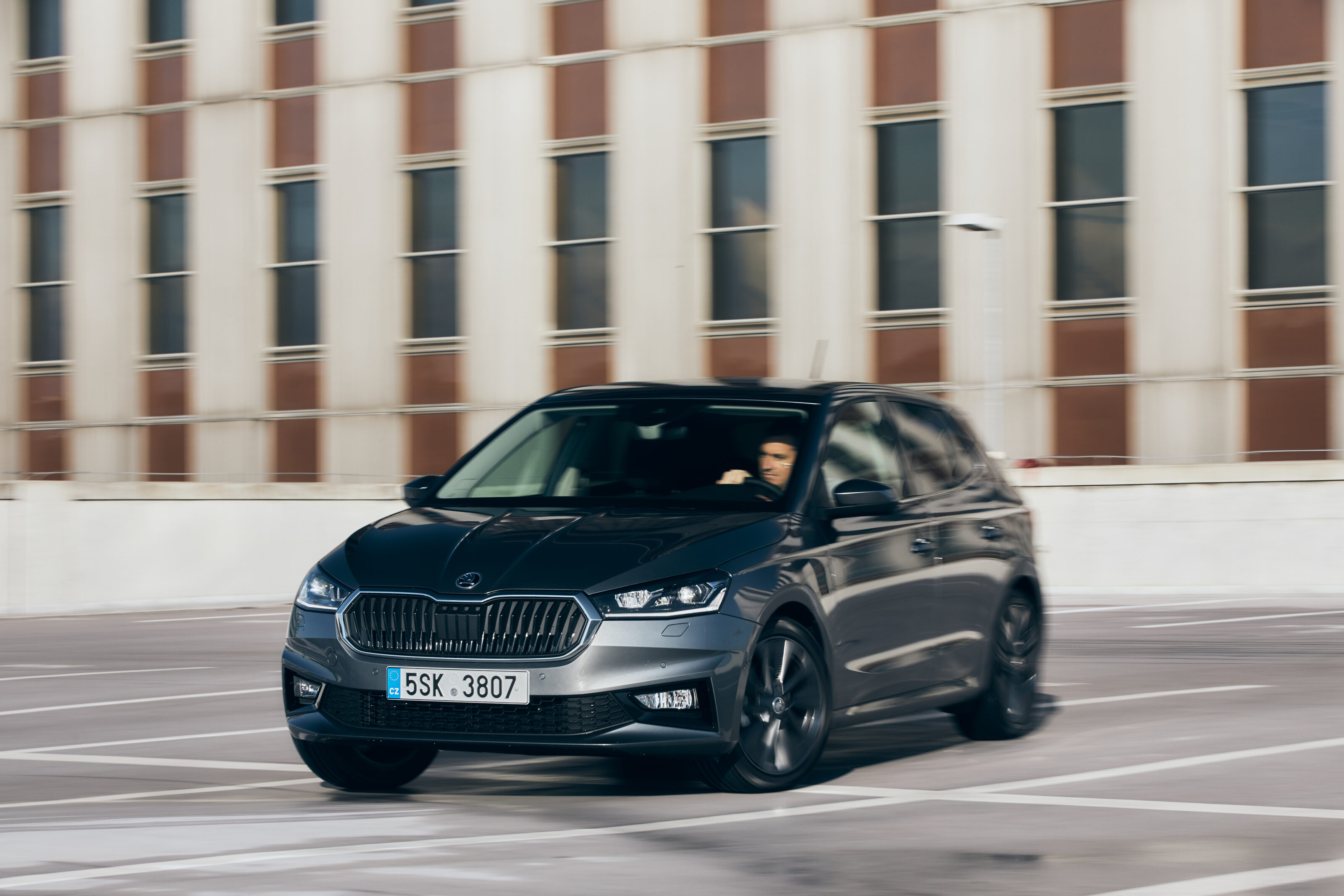
The Skoda Kodiaq was updated in March, the mid-sized Karoq SUV gains a facelift in July, and the compact Kamiq will soon see a return of the three-cylinder 85TSI entry model.
Upcoming next-generation vehicles for the brand are passenger cars. The fourth-generation Skoda Fabia is the first of two, due to arrive in the third quarter of this year.
In 2023, Skoda’s first dedicated electric cars will be launched locally – the Enyaq iV wagon and its four-door twin, the Coupe iV.
We recommend
-
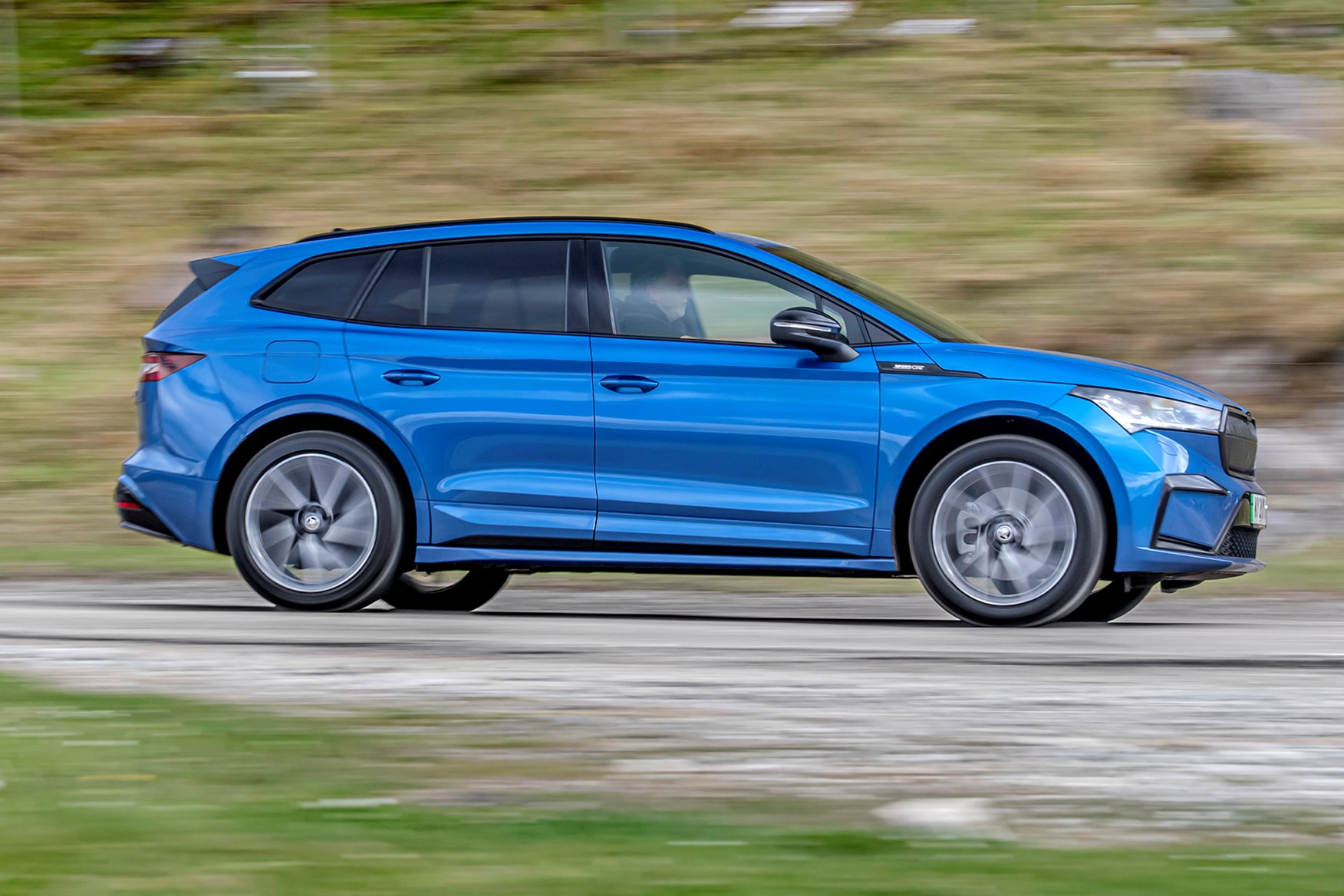 News
NewsSkoda Enyaq coming to Australia, timing to be confirmed
The Czech automaker "is confident" timing of when the model can be expected here will be announced during 2022
-
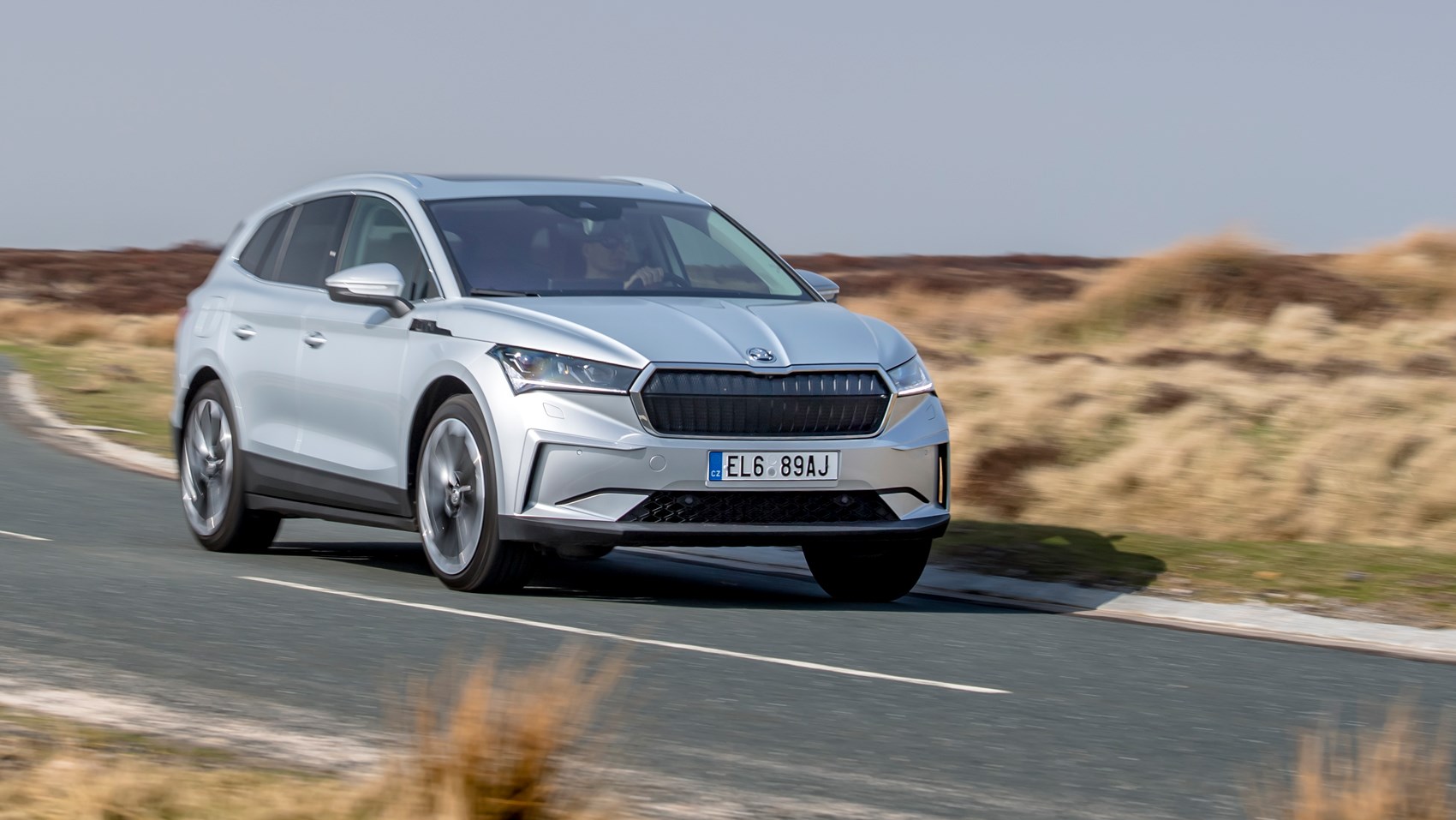 News
NewsSkoda Enyaq iV electric SUV pushed back to 2024 release
Skoda's first EV is gearing up for a 2024 release in Australia
-
 Reviews
Reviews2023 Skoda Fabia review: International first drive
Baby of the Skoda range has never felt so grown up




